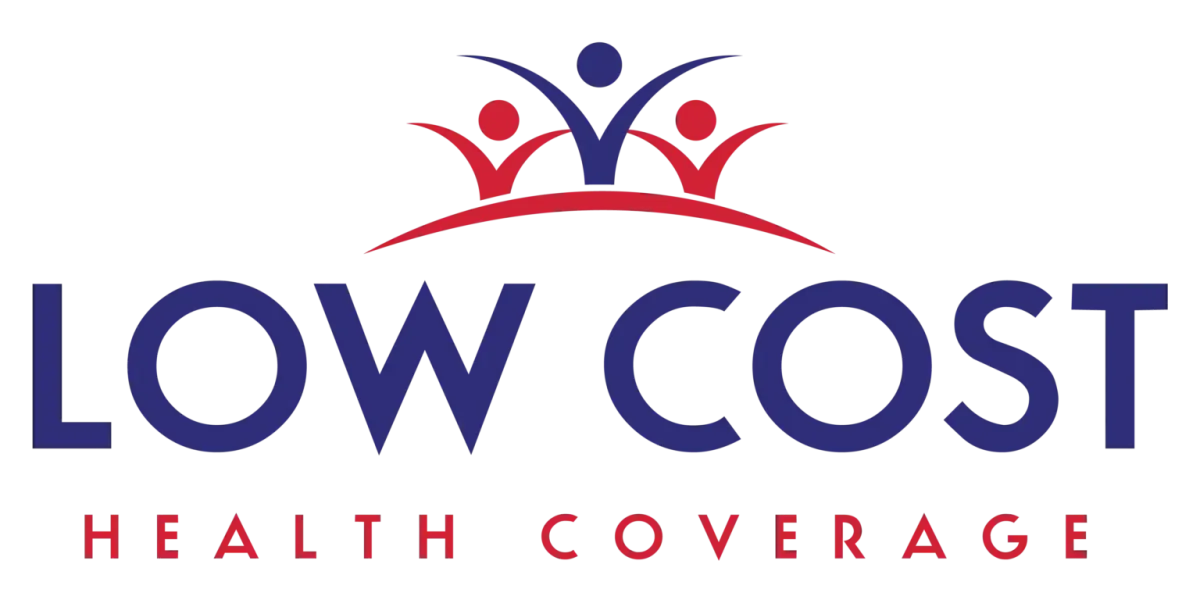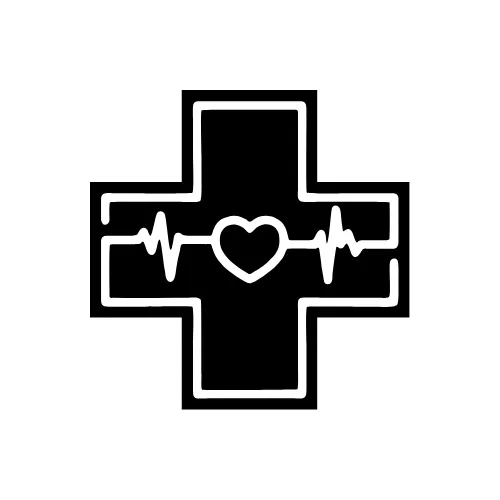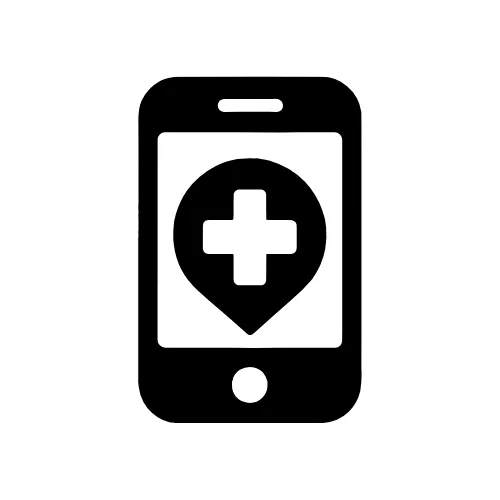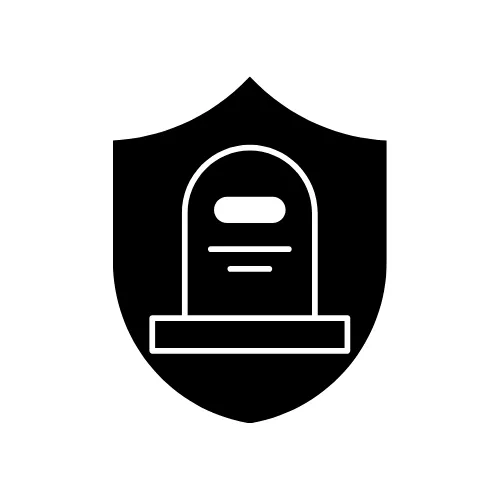Beginner’s guide to buying Health Insurance
Health insurance 101 for first-time buyers
When you’re buying health insurance for the first time, it’s easy to feel overwhelmed. Deductibles, networks, copays, it can all sound like a different language. But here’s the thing: once you understand the basics, it becomes a lot less scary, and way more empowering. Let’s walk through it together, step by step, like a conversation, not a manual.

Understanding the basics of Health Insurance
What is health insurance?
Think of health insurance as a safety net. It's a contract between you and an insurance company that helps cover your medical costs from routine checkups to major emergencies. Without it, a simple doctor visit could cost hundreds, and a hospital stay could run into the thousands.
To understand how it works, imagine it like this:
• You pay a monthly premium (like a subscription) just to keep your plan active.
• Before your insurance starts contributing to your medical expenses, you'll need to pay a set amount yourself, this is called your deductible.
• Once you hit that deductible, your insurance shares the cost with you through copays (a set dollar amount per visit) or coinsurance (a percentage of the bill).
• If your bills start to add up, don’t panic, there’s a built-in cap called the out-of-pocket maximum. After you hit it, your insurance covers 100% of the rest.
Why do you need it?
Because without it, a broken bone, a surprise illness, or even routine medications could drain your savings fast. And let’s face it, none of us is invincible.
Types of health insurance plans and networks
Now that you know what insurance is, let’s talk about how to pick a plan that fits your life. Not all plans work the same way, especially when it comes to which doctors you can see and how much control you have.
You’ll likely come across these terms:
HMO (Health Maintenance Organization): You stay in a set network of doctors, and you need a referral to see a specialist. It’s affordable, but not very flexible.
PPO (Preferred Provider Organization): You can see almost any doctor, no referral needed. It’s more expensive, but great if you want a choice.
EPO (Exclusive Provider Organization): Kind of a mix, you don’t need referrals, but you must stay in-network.
POS (Point of Service): A hybrid plan where you get some out-of-network coverage, but still need referrals.
HDHP (High-Deductible Health Plan) + HSA (Health Savings Account): You pay less monthly, but a lot more when you actually use care. Great if you’re healthy and want to save money for future care tax-free.
Each plan comes with its own trade-offs. So ask yourself: What’s more important—keeping your monthly premiums low or having the freedom to choose any provider? Would you be comfortable with a smaller network to save money, or is out-of-network flexibility worth the extra cost?
Quick Comparison Chart
Plan Type
HMO
PMO
EPO
POS
HDHP
In-network
Yes
Yes
Yes
Yes
Varies
Out-of-network
No (EM only)
Yes
No (EM only)
Yes
Varies
Referrals needed
Yes
No
No
Yes
Varies
Cost structure
Low cost
High cost
Moderate
Moderate
Low premium, high deductible
Metal levels simplified (ACA Marketplace Plans)
When shopping on the Health Insurance Marketplace, you’ll also see plans labeled as Bronze, Silver, Gold, or Platinum. These don’t tell you about quality, they tell you how costs are split.
Bronze Plan
Bronze plans have the lowest monthly premiums but the highest out-of-pocket costs when you get care. Designed for those who rarely need medical care but want essential protection in case of emergencies. (Ideal if you’re young, healthy, and just want protection for emergencies.)
Silver Plan
Silver plans offer a balanced mix of monthly premiums and cost-sharing. If you qualify for cost-sharing reductions (based on income), you’ll get even lower out-of-pocket costs. (A popular choice for individuals and families who need regular care but want to keep monthly costs reasonable.)
Gold & Platinum Plans
These plans have higher monthly premiums but very low out-of-pocket costs when you get care. (Ideal for those who expect frequent medical visits, ongoing prescriptions, or need regular treatment.)
It’s like choosing between a basic safety net or premium-level peace of mind.
How much will it cost me monthly?
Naturally, the first number most people look at is the premium, the monthly cost to keep your plan. But don’t stop there. Look deeper. A cheap plan with a high deductible could cost you more in the long run if you visit the doctor often. And a more expensive premium might save you money overall if it reduces your out-of-pocket expenses.
Also, don’t forget: subsidies are real. If you qualify based on your income, premium tax credits can lower your monthly cost. And if you choose a Silver plan, cost-sharing reductions might shrink your deductible and copays too.
Bottom line: look beyond the price tag. Choose what works for your real life, not just your wallet.
Will it help when I go to the doctor?
It should, and if you choose right, it will. But here’s where networks come into play. Insurance plans have agreements with certain providers, which are in-network doctors and hospitals. See someone in-network? You’ll pay less. Go out-of-network? It might cost way more, or not be covered at all, depending on your plan type. Even with a flexible PPO, balance billing is a risk, where the provider charges you for the part your insurance didn’t cover.
Still, every ACA-compliant plan must cover 10 essential health benefits, including:
• Routine checkups
• Emergency services
• Hospital stays
• Mental health care
• Prescription drugs
• Maternity care
• Rehab and physical therapy
• Preventive services
• Lab tests
• Pediatric care (including dental & vision)
So yes, your plan is built to protect you when life gets unpredictable or when you just need a refill.
Financial protection when you get sick
Insurance isn’t just about doctor visits; it’s protection against serious health costs.
Your deductible is the amount you’ll pay before your plan steps in. But once you reach your out-of-pocket max, your insurance covers 100% of covered services. That’s huge in a medical crisis.
If you’re young or have a limited budget, you might consider catastrophic coverage. It’s meant for worst-case scenarios, with low premiums and high deductibles. It won’t cover everyday needs well, but it’s better than nothing in an emergency.
And to avoid surprise bills? Stick with in-network providers, get pre-approvals when required, and know your rights under the No Surprises Act, which protects you in emergencies, even if you’re treated out-of-network.
Enrollment periods: When & where to buy?
Here’s the catch: you can’t buy health insurance any time you want (unless it's Medicaid or CHIP).
• Open Enrollment usually happens once a year between November and December. This is your chance to sign up, change plans, or renew coverage.
• Special Enrollment Periods (SEPs) are triggered by life changes like losing your job, getting married, having a baby, or moving to a new state. You have 60 days from the event to enroll.
So don’t wait until you’re sick to figure this out. Mark your calendar and stay ahead of the game.
How to choose the right plan in 6 simple steps
Ready to take action? Here’s your personal roadmap:
Know your health needs. Think about how often you visit the doctor, take prescriptions, or need specialist care.
Set a realistic budget by understanding your monthly premium limit and how much you could cover out-of-pocket in an emergency.
Choose a plan type & metal tier. Pick your preferred balance of cost vs. flexibility.
Check the provider network to ensure your preferred doctors and hospitals are included in the plan.
Review the fine print. Read the Summary of Benefits and Coverage (SBC) for real-life examples of coverage.
Enroll at the right time. Sign up during Open Enrollment or within 60 days of a qualifying event.
Smart habits to avoid costly surprises
Once you’re covered, a few smart habits can help you avoid unnecessary expenses:
• Always confirm your provider is in-network, even for follow-up visits.
• Use preventive care and telehealth services; they’re often free.
• Monitoring your deductible and expenses helps you understand how close you are to full insurance benefits.
• Get pre-authorization when needed, especially for surgery, scans, or specialist visits.
A little effort goes a long way toward protecting both your health and your bank account.
Health insurance doesn’t have to be complicated
Your first health insurance plan is more than a financial move; it’s a step toward taking care of yourself. You're not just picking a policy; you're choosing peace of mind. And while all the terms and plan types might seem overwhelming at first, the truth is, you don’t need to be an expert to make a smart choice.
All you need is clarity, confidence, and a plan that works for you.
Whether you’re protecting yourself, your family, or planning ahead for unexpected moments, health insurance gives you more than coverage; it gives you control. It means knowing that when life throws a curveball, you won’t have to face it alone or unprepared.
So take a breath. You've learned the basics, asked the right questions, and now you're ready to make an informed choice.
Your health is one of the most important investments you’ll ever make, and the right plan doesn’t just protect your body. It’s financial protection today, peace of mind tomorrow, and long-term security when you need it most.
Because true coverage isn’t about paperwork, it’s about knowing you’re taken care of.
Now, take the next step. Compare your options, check what fits your needs and your wallet, and enroll with confidence.
You’ve got this, and we’ve got your back.

Shop plans
When you're ready to explore and enroll in an affordable Individual or Family health plan, Low-Cost Health Coverage offers a variety of budget-friendly options designed to meet your needs. We're here to guide you every step of the way.

FOLLOW US
COMPANY
CUSTOMER CARE
LEGAL
Copyright 2025. Low Cost Health Coverage. All Rights Reserved.










